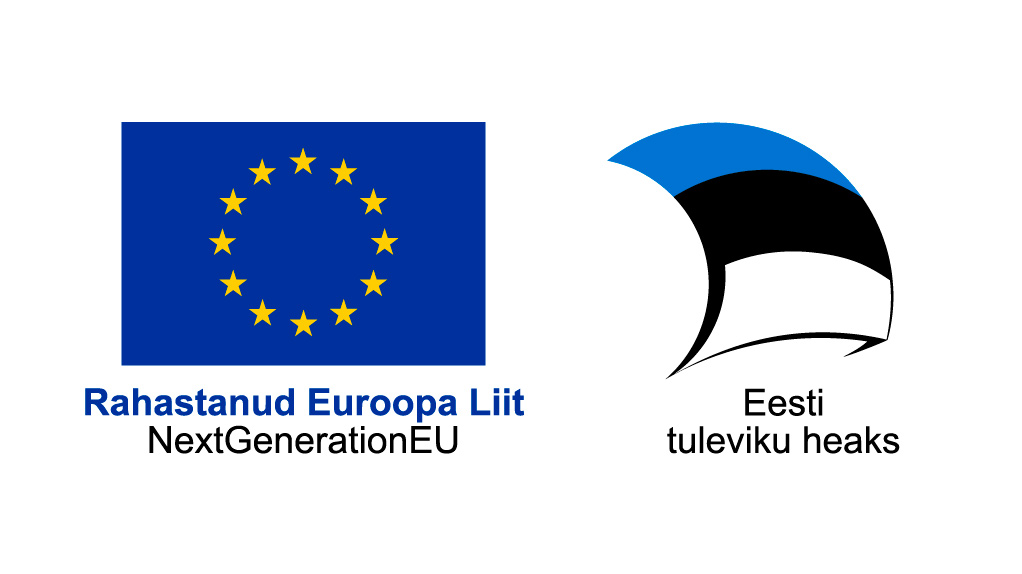GNSS reference station plots

Kose reference station
- Green - everything is fine
- Yellow - weak signal interference
- Red - signal interference
- Black - no information
- Station with Meteo data

Skyplot
The satellite skyplot shows in which direction and how high in the sky the GNSS satellites are located. The graph is created based on the 24-hour data of the specified day. From the date panel, you can select and view charts for the last 30 days.
| June | July | |||||||||||||||||||||||||||||
|---|---|---|---|---|---|---|---|---|---|---|---|---|---|---|---|---|---|---|---|---|---|---|---|---|---|---|---|---|---|---|
| 3 | 4 | 5 | 6 | 7 | 8 | 9 | 10 | 11 | 12 | 13 | 14 | 15 | 16 | 17 | 18 | 19 | 20 | 21 | 22 | 23 | 24 | 25 | 26 | 27 | 28 | 29 | 30 | 1 | 2 | 3 |
Signal quality graphs
There are a total of twelve signal quality graphs. Below the selected graphs is an explanation of what the given graph shows. All charts are interactive and the information on the charts is in local time.
Real-time graphs
Real-time graphs display data from the last hour and are updated every minute.
The number of satellites indicates how many satellites are visible to the reference station.
Signal-to-Noise Ratio (SNR) indicates the quality of the signal received from the satellite to the reference station. A value between 38-54 dB is considered good. Otherwise, it may indicate signal interference.
Data from last 30 days
You can select a chart type from the drop-down menu or display all charts at once. All charts contain 30 days of data and are updated once an hour.
Graph last updated 04.07.2025 04:39:46
The interference by multipath refers to the type of signal’s path extension in centimeters caused by reflected signals. Reflected signals do not come directly to the reference station from the satelliite, but takes a more complex path, either through single or multiple reflections from different surfaces. The main sources of error stem from low-elevation satellites and reflecting surfaces.
Meteorological data
Graph last updated 04.07.2025 04:35:05